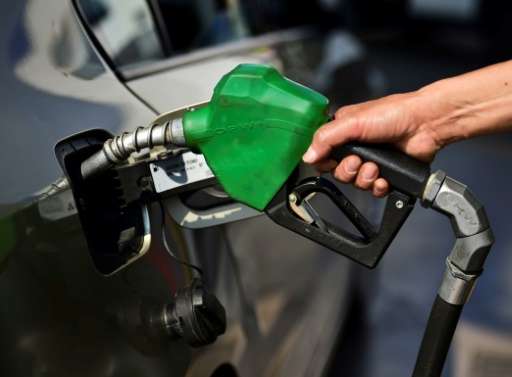Retail gasoline and diesel prices soared to record highs in many countries across the world this week, prompting governments from Brazil to France to consider pumping up subsidies or trimming taxes to shield consumers from the financial strain.
The moves reflect the economic and political risks governments see in the current energy spike, which has been driven by a rebound in fuel demand since the darkest days of the coronavirus pandemic and supply disruptions in the wake of Russia’s invasion of Ukraine.
The dramatic rise in cost has sent drivers into a frenzy; Gasbuddy, the popular fuel-savings app that gives users the cost of gas in their area, had its online services go down temporarily on Monday because of record-breaking traffic as people look for the cheapest place to fill up their tanks.
As of Wednesday morning, the average cost for a gallon of gas in the country was $4.25, according to AAA. The price is up about 8 cents from Tuesday and more than 60 cents from last week.
The cost for a barrel of crude oil had ups and downs on Monday. A barrel of U.S. crude oil settled at $119.40 a barrel, up 3.2%, after earlier touching $130.50. Brent crude, the international standard, settled at $123.21 a barrel, up 4.3%, after earlier topping $139, The Associated Press reported.
Gasoline prices were nearing record levels in the United States in February, even before the Russian invasion of Ukraine.

Now, the price at the pump is higher than ever.
Prices have also soared for the heating oil and natural gas that millions rely on to heat their homes in the U.S. and Europe. But in America, the availability of gasoline and the price at the pump are the ultimate modern wartime hostages.
That is why gas stations displaying eye-popping prices this summer and fall will matter more than all the campaign billboards put together in affecting the November midterm elections.
Russian President Vladimir Putin lost his initial gamble on a quick victory in Ukraine. But his subsequent moves carry even greater risks for all concerned.
Against that backdrop of steadily rising prices, Russia’s war in Ukraine has caused a rapid 20%-plus spike in oil and gas prices in mere weeks. Benchmark U.S. crude oil rose $3.31 to $109.33 a barrel March 11, while Brent crude rose $3.34 to $112.67 a barrel.
President Biden on March 8 announced a U.S. ban on Russian oil and gas imports, taking aim at Russia’s main revenue source amid the conflict.
Republican lawmakers are blaming President Joe Biden’s policies for higher gas prices, pointing to the administration’s decision last year to cancel the Keystone XL pipeline, for instance. They also blame Mr. Biden’s executive order to pause oil and gas drilling on federal land in January 2021. (A federal judge in Louisiana blocked that order in June.)
But experts say the U.S. is producing more oil now than it was in 2020, prior to Mr. Biden’s inauguration. The latest data shows that for the week of March 4, 2022, the U.S. was producing 11.6 million barrels per day, compared with an average of 11.3 million barrels per day in 2020, according to data from the U.S. Energy Information Administration.
